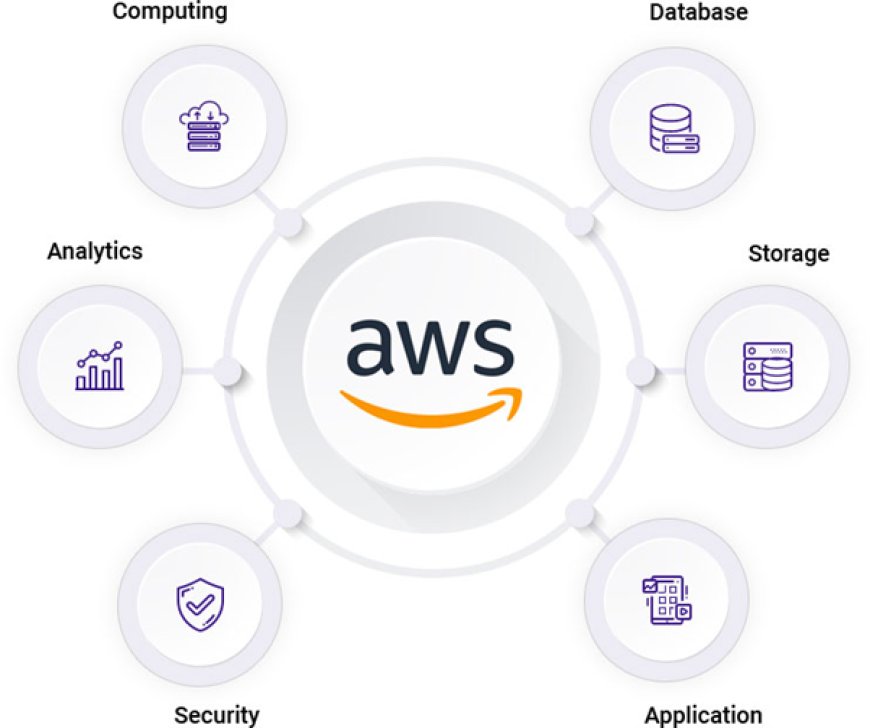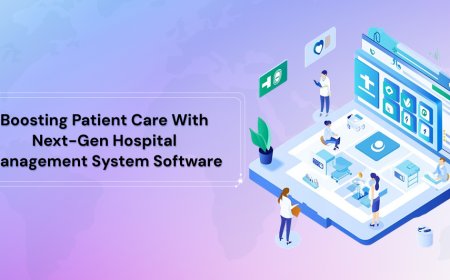How do I manage multiple AWS accounts securely?
How Do I Manage Multiple AWS Accounts Securely? Learn best practices using AWS Organizations, IAM roles, consolidated billing, and security controls.

Introduction
As your business or team grows, managing everything under one AWS account can become risky and unorganized. That's why many companies choose to use multiple AWS accountsfor billing separation, security, or project management. However, handling multiple accounts can also bring its own challenges, especially when it comes to security and access control. If not managed properly, you could face unauthorized access, data loss, or compliance issues. This article will help you understand how to manage multiple AWS accounts securely, step by step, using simple strategies and best practices that are easy to apply, even for beginners.
1. Use AWS Organizations for Centralized Management
AWS Organizations is the first and most important tool you should use when managing multiple accounts. It allows you to group your AWS accounts and manage them from a central point.
With AWS Organizations, you can:
-
Set service control policies (SCPs) to restrict what accounts can and cannot do
-
Create organizational units (OUs) for departments, teams, or environments (like dev, test, and prod)
-
Apply consistent billing, tag policies, and governance rules
This tool makes it much easier to keep things organized and secure.
2. Apply the Principle of Least Privilege
Never give users more access than they need. This principle is known as the Principle of Least Privilege. For example, if a developer only needs access to an S3 bucket, dont give them admin rights to the entire AWS account.
Best practices:
-
Use IAM roles instead of users where possible
-
Define fine-grained permissions using IAM policies
-
Regularly audit and remove unused permissions or roles
-
Use condition-based access (like time-limited sessions)
By limiting permissions, you reduce the risk of accidental or malicious actions.
3. Set Up Single Sign-On (SSO)
Logging into each AWS account separately with different credentials can be messy and unsafe. A better way is to use AWS Single Sign-On (SSO).
SSO allows users to log in once and access multiple AWS accounts securely based on their role or team.
Benefits of SSO:
-
Centralized user access control
-
Integrates with Microsoft Active Directory, Okta, and other identity providers
-
Simplifies user management
-
Supports multi-factor authentication (MFA) for added security
4. Enable Multi-Factor Authentication (MFA)
MFA adds an extra layer of protection to your AWS accounts. It requires users to enter a second piece of information (like a code from their phone) along with their password.
Apply MFA on:
-
Root accounts of all AWS accounts
-
IAM users or roles with sensitive permissions
-
SSO logins, if available
This small step can block many common attacks and unauthorized access attempts.
5. Use AWS Control Tower for Easy Setup and Governance
AWS Control Tower helps set up and govern a multi-account AWS environment automatically. Its perfect for organizations that are new to managing multiple accounts.
Control Tower offers:
-
Automated account provisioning
-
Guardrails for compliance and security
-
Dashboards to monitor all accounts from one place
-
Integration with AWS Organizations
It saves time, ensures consistency, and adds built-in security features across your entire AWS environment.
6. Centralize Logging and Monitoring
Security isn't just about controlling accessit's also about tracking what happens inside your accounts. Thats why central logging is critical.
You can use AWS CloudTrail and Amazon CloudWatch to:
-
Record all user and API activities across AWS accounts
-
Detect suspicious behavior or unauthorized changes
-
Send alerts when something unusual happens
-
Store logs in a secure S3 bucket for auditing
Set up a centralized logging account to collect logs from all AWS accounts in one secure place.
7. Use Budget Alerts and Cost Monitoring
Sometimes, a security issue shows up as a surprise billing spike. AWS lets you track costs and set alerts when spending goes beyond limits.
To manage billing securely:
-
Use consolidated billing through AWS Organizations
-
Set up AWS Budgets and alerts
-
Monitor usage with AWS Cost Explorer
-
Tag resources by project, department, or owner
This ensures no one spins up expensive resources without approval.
8. Perform Regular Audits and Reviews
Security is not a one-time taskits a continuous process. Make it a habit to regularly audit your AWS accounts.
What to review:
-
IAM roles and users
-
Resource policies
-
Security group rules and open ports
-
Unused resources that may pose risks
-
CloudTrail logs and access patterns
Schedule monthly or quarterly reviews to stay on top of your AWS environment.
Conclusion
Managing multiple AWS course in Chandigarh accounts securely may sound complex, but with the right tools and habits, it becomes easier over time. Start by using AWS Organizations and Control Tower, follow strict access control, and centralize logging and monitoring. Make security a routine part of your cloud management, not an afterthought. With proper planning and regular reviews, you can keep your AWS environment secure, organized, and cost-effectiveno matter how many accounts you manage.
FAQs
Q1: Why should I use multiple AWS accounts?
Using multiple accounts improves security, helps manage billing, and separates environments like development and production.
Q2: What is AWS Organizations used for?
AWS Organizations lets you manage multiple AWS accounts from a central place and apply policies across them.
Q3: Is AWS Control Tower free?
AWS Control Tower is free, but you pay for the AWS resources it uses (like CloudTrail, S3, etc.).
Q4: How do I ensure billing is controlled across accounts?
Use consolidated billing in AWS Organizations and set budget alerts for each account.
Q5: Can I automate the account creation process?
Yes, with AWS Control Tower or custom scripts using the AWS Organizations API, you can automate account provisioning.



































